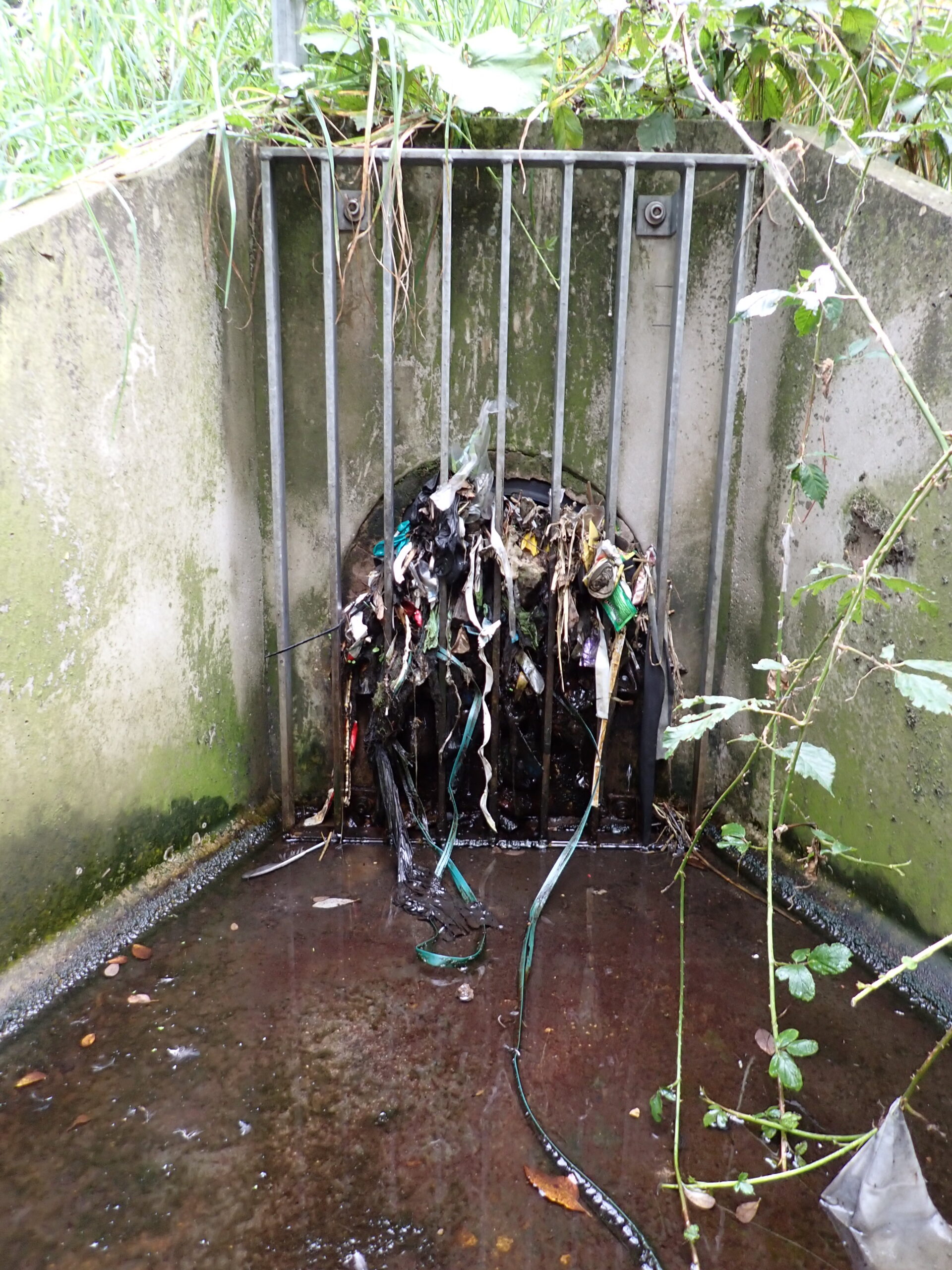
How Common Chemicals Become Stormwater Pollutants
We may think that the effect of herbicides and pesticides are limited to the boundaries of our yard, but their impact can carry onto surrounding ecosystems as stormwater washes away these chemicals from our property and into local waterways.
The same holds true for other household chemicals that we may not have considered as potential stormwater pollutants. Such substances include cleaning agents and detergents, fire retardants, paints, lubricants, oil, grease, and fertiliser. Stormwater transports these substances into nearby water bodies introducing toxins and heavy metals that poison aquatic animals. Fertiliser can also increase the nutrient levels in the water, heightening the risk of harmful algae blooms.
Negative Effects of Chemical Storm water Pollutants
Chemical pollutants in our stormwater have various negative effects on the plants and animals in river systems. They can prevent plants from photosynthesising, hinder insects from reproducing, and travel up the food chain to wreak havoc on larger organisms present in the waterbody.

The heavy metals contained by some of these chemicals can lie lurking in riverbeds and on ocean floors. They build up in the sediment, affecting aquatic life that live or forage for food there. Heavy metals accumulate in animal tissue, resulting in chronic toxic effects in aquatic animals and organisms in their food web.
Another group of toxins found in pesticides, automotive oils, paints, and cleaning products is hydrocarbons. Hydrocarbons are oily substances consisting of hydrogen and carbon molecules that occur in nature – oil, natural gas and coal.
While many are not harmful on their own, their exposure to sunlight and nitrogen oxides can cause chemical reactions that have damaging effects on the environment and human health. Hydrocarbons are also poisonous when absorbed in the body. They can cause breathing difficulties, inhibit reproduction, and heighten the risk of developing cancer.

Over the years, chemical pollution has suppressed the populations of plants and animals in urban rivers. This pollution has persisted into our oceans, creating dead zones around stormwater outfalls and the mouths of urban rivers.
What Can We Do to Divert Chemical Pollutants from Stormwater?
Although we have controls and regulations in place for pesticides and herbicides now, educating ourselves about the potential impacts of other common household chemicals is necessary. We have to become more mindful of how we use, store, and dispose of these chemicals so that they don’t end up becoming stormwater pollutants. Below are some tips for how we can reduce the risk of introducing more chemicals into stormwater and waterways:
- Reduce use of toxic chemicals by finding alternatives – Pesticides and herbicides are among the most toxic chemicals that can be introduced to stormwater from our property. Thankfully, there are natural methods we can use to discourage unwanted insects and weeds from our yards and gardens.
For one thing, we can make organic pesticides and herbicides from ingredients we can find in our kitchen. There are also gardening techniques like mulching and good soil management to prevent weeds from taking hold. You can also cultivate plants that naturally deter unwanted insects from your yard or garden.
- Wash your car on your lawn – The dirty water from washing cars is a cocktail of chemicals that contribute to stormwater pollution. It contains detergent, as well as residue from exhaust fumes and motor oil, and potentially heavy metals from rust. All these contaminants can be introduced to stormwater via the nearest storm drain from our driveway.
Washing your car on a grassy lawn will help contain runoff, diverting these chemical contaminants from flowing down the stormwater network. Better still, go to a commercial car wash to hand wash your car. Use biodegradable, phosphate-free, water-based cleaners to lessen the number of toxic chemicals in the wash water.
 Most of Germany had banned car washing at home, favouring commercial facilities
Most of Germany had banned car washing at home, favouring commercial facilities
- Avoid disposing of wash water in storm drains – Cleaning hard surfaces like our driveways and pavements will produce wash water that may contain chemical residue. To prevent wash water from joining the stormwater network, we can line nearby drains with sandbag berms or berm mats. We can also use surface cleaners that have a water recovery vacuum, which are designed to reduce the amount of runoff we generate from cleaning hard surfaces.
- Dispose of household chemicals properly –Do not pour unwanted household chemicals into your storm drain. These chemicals shouldn’t be disposed of in your kerbside bin either. Many councils organise household chemical and hazardous waste drop-offs. Contact your local council to ask about the nearest drop off locations and get advice on handling chemicals safely.
- Support stormwater regulations and infrastructure – Having regulations in place to prevent polluters from dumping chemicals into our waterways is crucial to protecting our access to clean water. We can support legislation that aims to reduce stormwater pollutants at source as well as local government initiatives for stormwater quality improvement.







